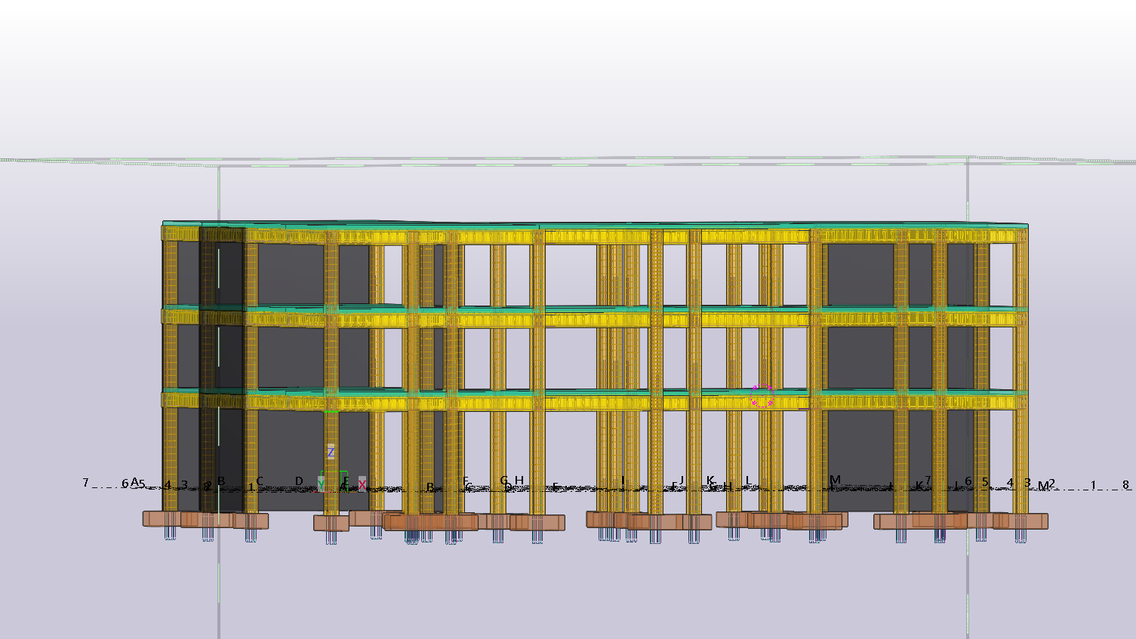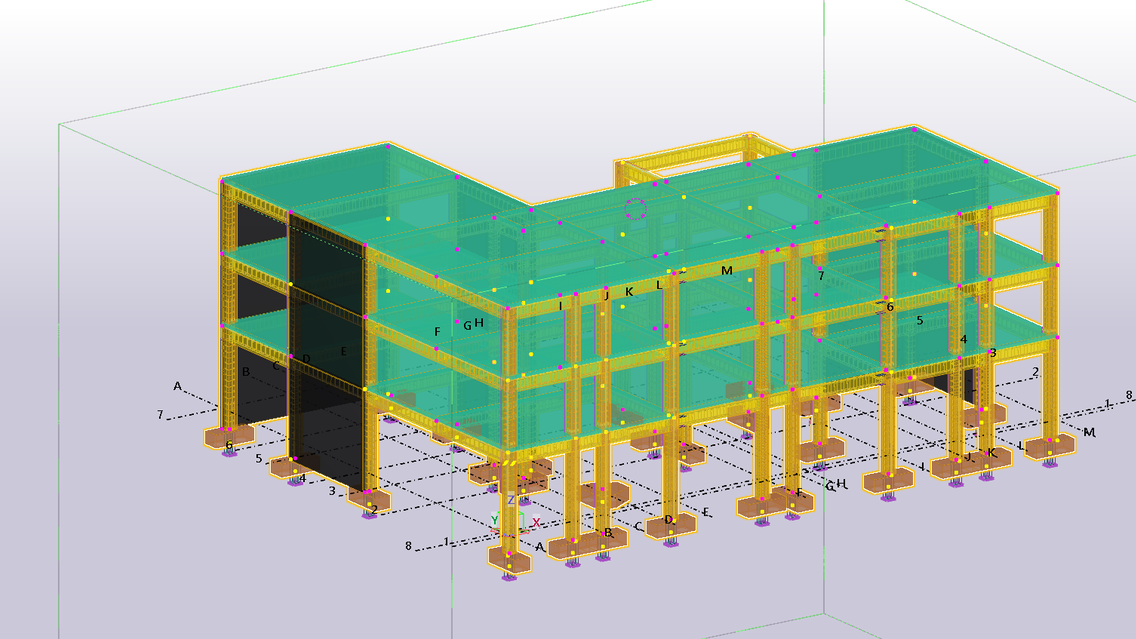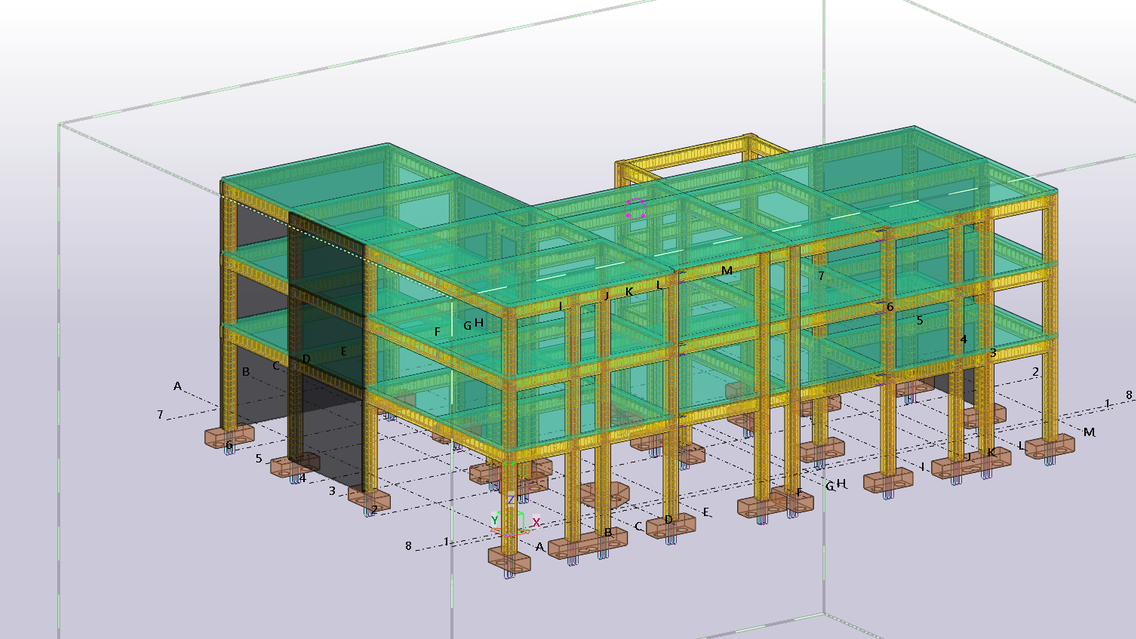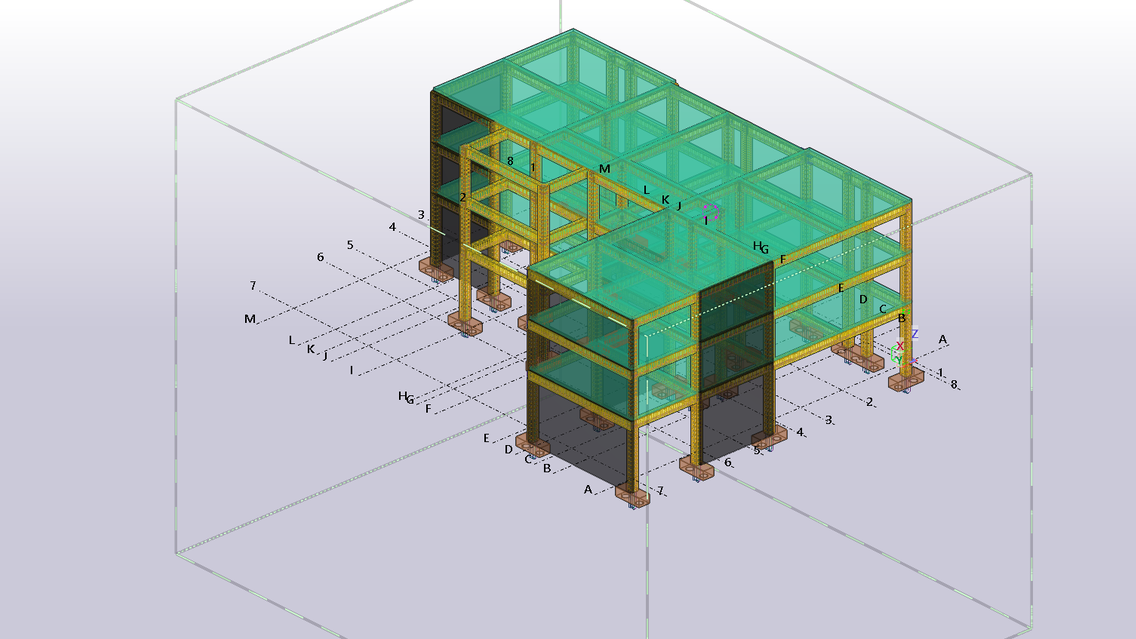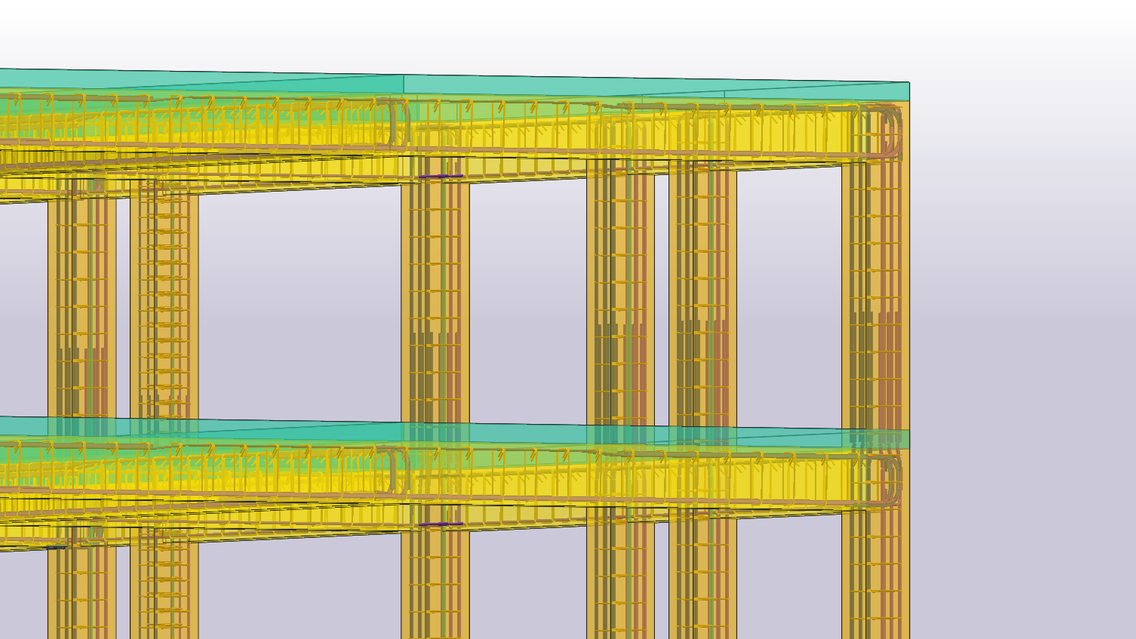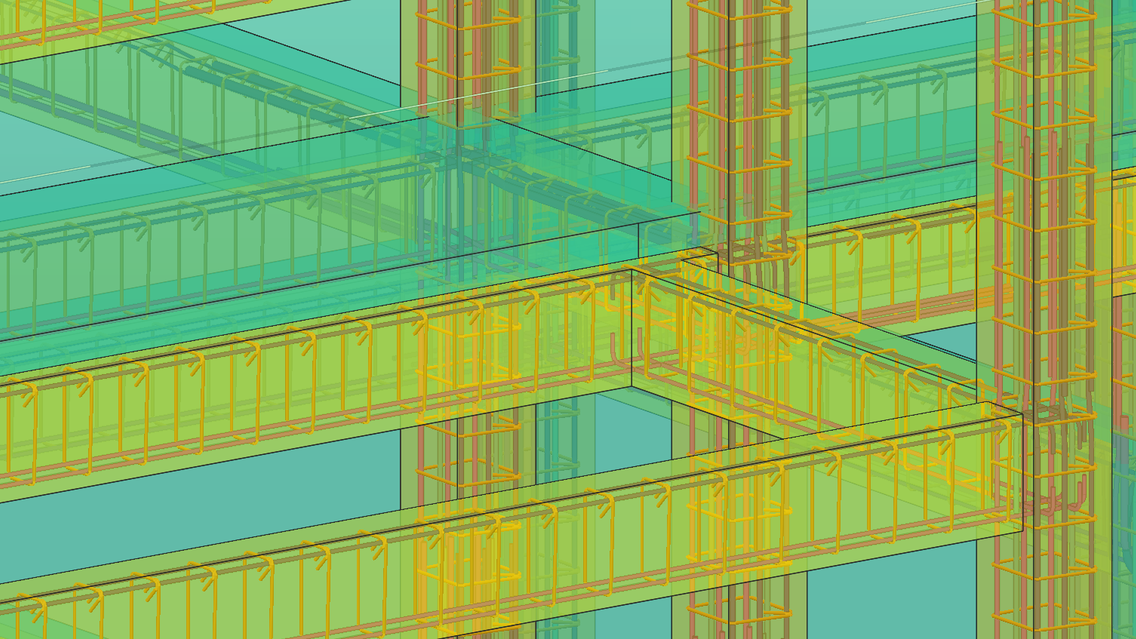Our project involves designing a mixed-use development comprising an apartment building with commercial spaces on the ground floor. The building is a vibrant hub in a new residential development where residents can live, work, and socialize seamlessly.
This project was chosen because we wanted to demonstrate that BIM technology can improve the efficiency and sustainability of residential spaces in Dubai. A key requirement for all modern housing developments in Dubai is to provide adequate housing for a growing population and contribute positively to urban life.
On the ground floor, strategically positioned commercial spaces cater to the needs of both residents and the surrounding community. From cafes and restaurants to boutiques and convenience stores, these establishments add vibrancy to the neighborhood and create opportunities for social interaction. By integrating residential and commercial functions within a single structure, we aim to foster community and promote walkability, reducing the need for car-dependent lifestyles.
The building is a three-story reinforced concrete frame structure. Vertical loads are transferred from the one-way slabs to beams and columns. Shear walls were used for lateral support against forces such as wind. This type of system was chosen due to concrete's strength, adaptability, durability, and fire resistance. Furthermore, reinforced concrete frame structures are the UAE's most widely used structural system in terms of practicality and cost-effectiveness.
Regarding environmental impact, our design incorporates sustainable features such as energy-efficient lighting, water-saving fixtures, cement replacements, and green spaces to mitigate the building's carbon footprint. We also compared various design options to produce the most sustainable design.
Our project represents a holistic approach to urban development that prioritizes livability, sustainability, and community engagement.
Educational institution: Higher Colleges of Technology
